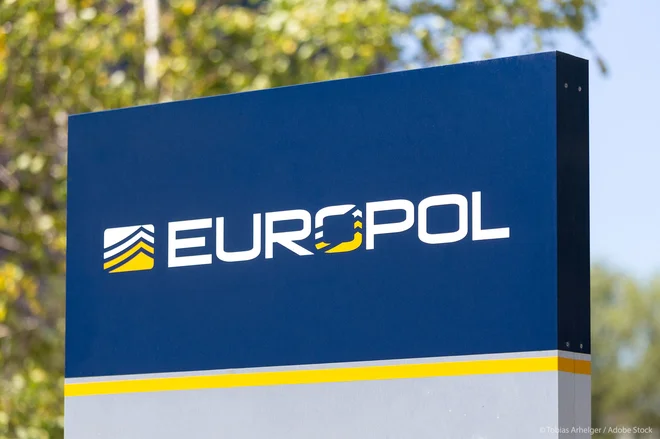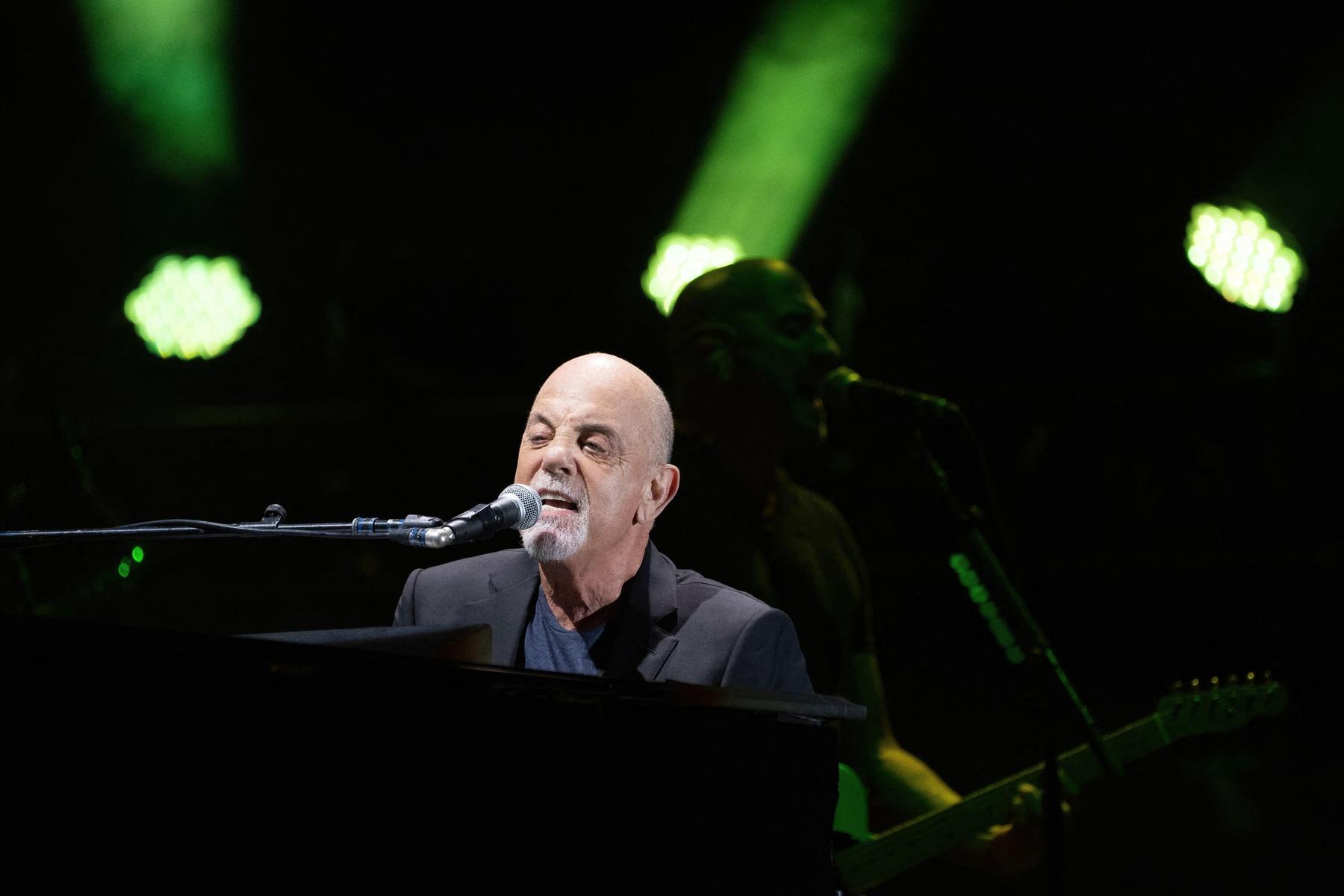The Vienna Zoo has two new giant pandas
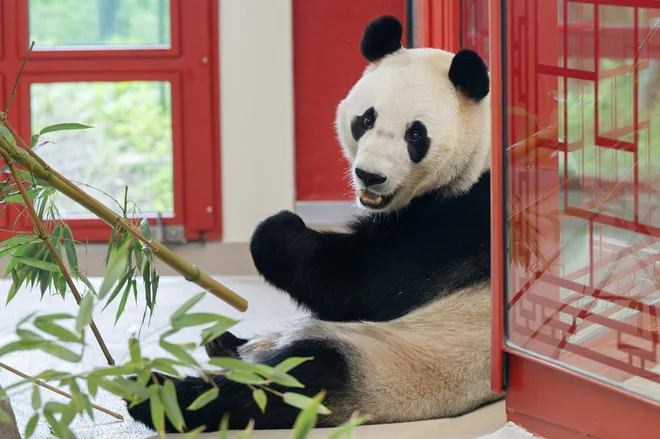
At the end of April this year, two giant pandas arrived from China to Vienna. Four weeks later, their arrival was celebrated at a special ceremony at the Schönbrunn Zoo. At the same time, in this garden, they also opened a newly renovated accommodation facility for Panda, in the presence of President of Austria, Alexander Van der Bellena, Austrian federal Chancellor Christian Stocker and Li Hongzhong, Vice President of the National People’s Congress of the People’s Republic of China. This was another example of the so -called Chinese « diplomacy of PAND ».
A million per year show
The giant or large panda (scientific name Ailuropoda Melanoleuca) is one of the most popular animals in the world and one of the biggest attractions for zoos visitors. In 2014, in the last attempt to comprehensive census of giant pandas (in the wild they live only in China), they were listed in 1864. This number is not much, but it is much higher than 1100, as many as the population counted in the 1980s.
The female Lan Yun (lovely orchid) is feeling well in the new home. Photo: Daniel Zupanc
Zoos around the world also help in efforts to preserve large pandas. At the beginning of this decade, Chinese had contracts with 25 zoos in 20 countries. Since 2007, the state of Pand has no longer donated, but rented out, allegedly for $ 1 million a year. If the pandas at the zoo are offspring, these puppies are also the property of China and after the second year of age, they must return them to China, where there is a special natural park where they continue to take care of them.
They have black and white hair, with a brown eye, they have black round spots on the white head, allowing sunburn protection. They use a short tail as a sitting pillow while slowly chewing bamboo, their main food. The torso is massive and have relatively short legs. They have a « pseudo thumb » on the paws, which is an enlarged carpal bone that does not move independently of the fingers. Thus, they can hold bamboo while eating. The claws on the paws are used for climbing and as a weapon.
Panda has been the inhabitants of the Schönbrunn Zoo since 2003. The first couple to be brought from China to Vienna were females Yang Yang (shine of the sun) and Long Hui (dragon sign). He died in December 2016, over 16 years old. Then a male named Yuan Yuan was brought to Vienna.
It is born in August
a new generation
The first Panda, born in Vienna, was FU Long (Happy Dragon), born in August 2007. It was the first naturally conceived panda in Europe. Journalists were besieged by Schönbrunn, the pictures of the little fu long were published worldwide. According to the contract, FU Longa was returned to China to the Panda Bifengxia Center in the Sichuan province in 2009. He is said to have moved him to Chengd in 2021.
In Vienna, on August 23, another Panda Fu Hu (Veseli Tiger) was born on August 23. Like his brother Fu Longa, after two years, he was returned to China and now lives in a wildlife park in Nanjing. FU BAO (Happy Leopard) is a third panda born in Vienna in August 2013. Since 2015, FU BAO has also been in China, also in a park in Nanjing. At the beginning of August 2016, twins were born in Vienna: FU Feng (Happy Phoenix) and FU Ban (happy companion). Mom Yang Yang took care of them herself. For the first time, it happened that the newborn twins of the giant panda survived and grew up at the zoo without human assistance, only with their mother’s care. They are now in China in the already mentioned park in Nanjing.
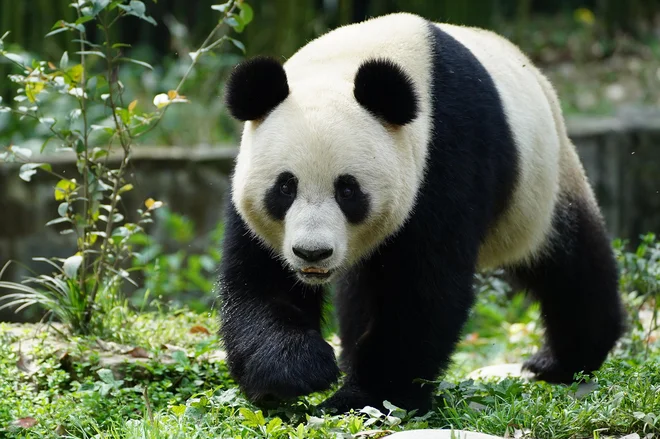
Female Lan Yun Photo: CCRCGP
The two adult animals that were brought to Vienna from China this spring are female Lan Yun (lovely orchid) and a male he feng (a touch of lotus). Stephan Hering Hagenbeck, director of Schönbrunn Zoo, emphasizes that pandas are a threatened species and that they live in the mountain forests of southwestern China. The Vienna Zoo supports their protection not only financially but also professionally. The hope of this animal species is the establishment of nature reserves for which employees are regularly educated at seminars in Vienna. In cooperation with other institutions, the Vienna Zoo also conducts scientific studies with the aim of making it easier to protect the pandas and their life in the natural environment.
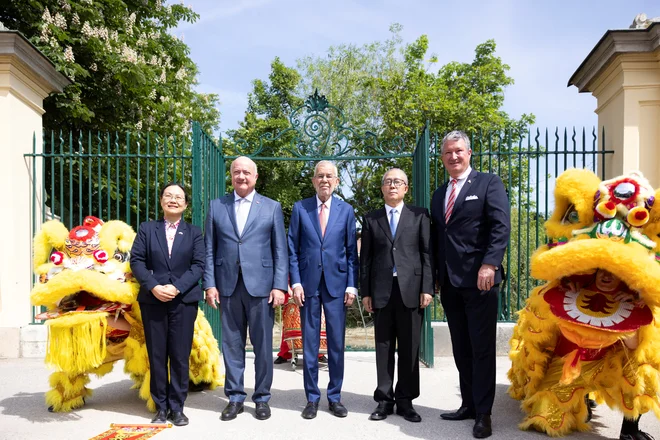
High reception for the new resident of the Vienna Zoo. Chinese Ambassador to Austria Qi Mei, Austrian Chancellor Christian Stocker, Austrian President Alexander Van der Bellen, Vice President of the National People’s Republic of China and Director of the Vienna Zoo Stephan Hering Hagenbeck. Photo: Lisa Letner/Reuters
Eighty percent of the time
Schönbrunn Zoo has been the second most visited landmark for many years, for which the entrance fee is paid (the first on this rankings is the Schönbrunn mansion). Most of the more than two million visitors of the garden visit Panda. Their new enclosure in which elephants once lived has 135 square meters of interior space and 1015 square meters of outdoor space. The Vienna House Pand also has an air conditioner and a device that diffuses foggy moisture. Anyone who comes to see them needs either happiness or patience, as 80 percent of the time rest, often in some hidden corner – or slowly eat bamboo.
Coins and panda
Countries with large gold sites and those with a long tradition of forging money today make investment gold coins (bullion coins) and sell them to all who are interested in this way of preserving capital. Some of the most famous investment gold coins have pictures on them, that is, reliefs with flora motifs and, above all, fauna. The Republic of South Africa is known for its gold coaster, which they have been cooking since 1967 and on the back of which is depicted by gazelles. Since 1979, Canada has been hinging the Canadian Gold Maple Leaf, named after the national symbol, the maple leaf. The Australian Investment Golden coin of the Australian Nugget, which has been cooking since 1986, has a kangaroo. In the same year, the United States began to Forge American Gold Eagle, whose name indicates that it is an eagle. China has been making Chinese Gold Panda since 1982, of course depicting a panda.

